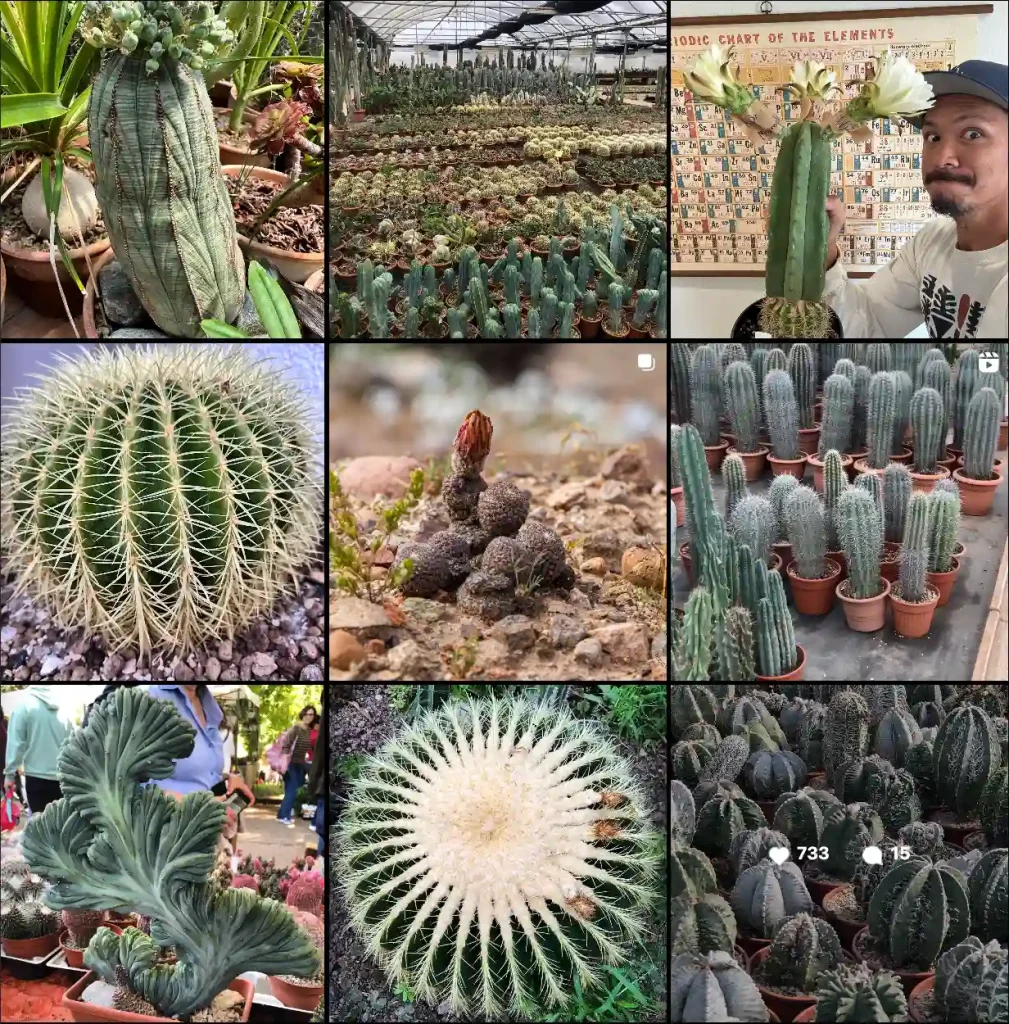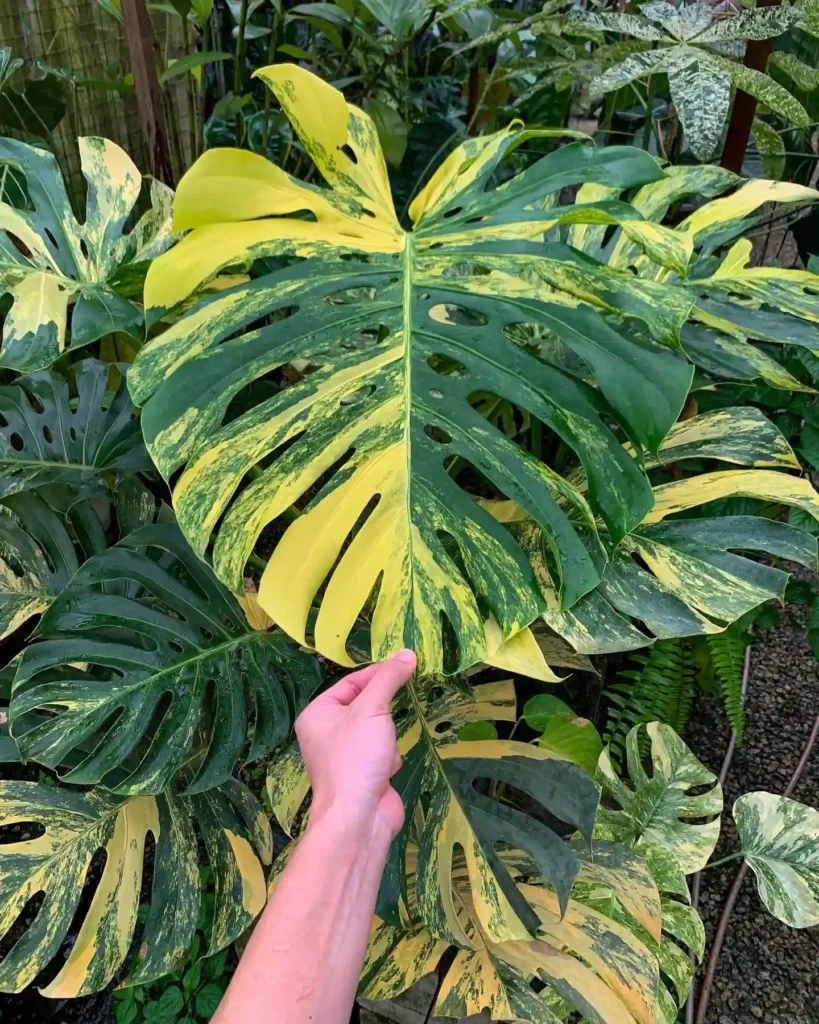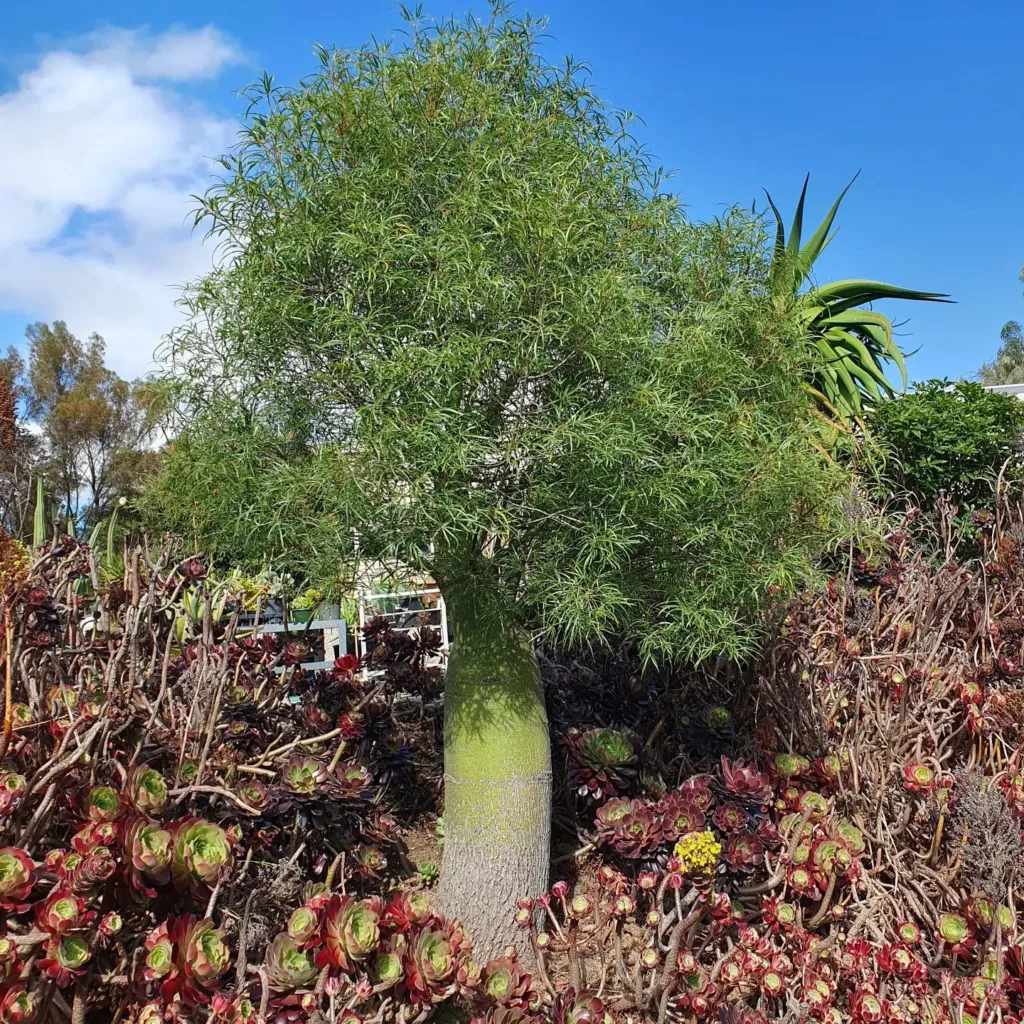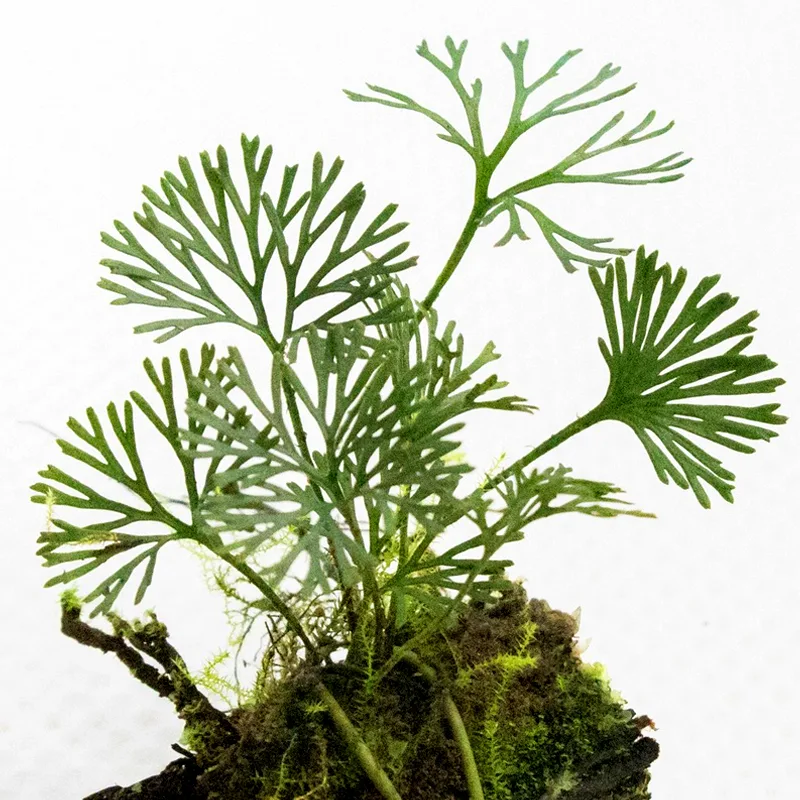What Is Syneilesis Palmata?
Syneilesis Palmata, commonly known as the “Japanese Shuttlecock Fern”, is a unique and intriguing perennial belong to the Asteraceae family, that I’ve grown to admire in my garden. This plant stands out for its distinctive foliage, which resembles a shuttlecock or an open palm. Native to Japan and Korea, it’s appreciated for its striking appearance and its ability to thrive in shady garden spots. The foliage emerges in spring with a fresh green color and gradually turns golden-yellow in the fall, adding seasonal interest to your garden.
Plant Family: 1720 Genera in Asteraceae
How to Care for Syneilesis Palmata?
Caring for Syneilesis Palmata is relatively straightforward, but there are a few key points to keep in mind:
- Light Requirements: This fern prefers shade or partial shade. It thrives under the canopy of trees or in a spot with filtered sunlight. Direct sunlight can scorch its leaves, so providing it with a shaded environment is crucial.
- Soil Conditions: Syneilesis Palmata grows best in well-drained, humus-rich soil. A slightly acidic to neutral pH is ideal. I recommend adding organic matter like compost to improve soil fertility and drainage.
- Watering: This plant enjoys consistent moisture, so keep the soil evenly moist but not waterlogged. Overwatering can lead to root rot, so make sure the soil drains well.
- Temperature: It’s quite hardy and can tolerate a range of temperatures, but it prefers cool to moderate climates. In colder regions, a layer of mulch can help protect its roots during winter.
- Fertilizing: Feed Syneilesis Palmata with a balanced, all-purpose fertilizer in early spring to encourage healthy growth. Avoid over-fertilizing, as this can lead to excessive foliage growth at the expense of root development.
How to Propagate Syneilesis Palmata?
Propagation of Syneilesis Palmata can be done through division or by sowing seeds. Here’s how:
- Division: The most common method is division. In early spring or late fall, carefully dig up the plant and divide the root ball into smaller sections. Each section should have a portion of the root system and a few shoots. Replant these divisions in new locations or pots, making sure they’re well-watered and given proper shade.
- Seeds: Propagating from seeds is less common but can be done. Sow the seeds in a moist, well-drained seed-starting mix in early spring. Keep the soil consistently moist and maintain a warm temperature. Germination can be slow, so patience is key.
What to Plant With Syneilesis Palmata?
Syneilesis Palmata pairs well with other shade-loving plants. Here are some companions that complement its unique foliage:
- Hostas: Their large, textured leaves create a lovely contrast with the fine, fern-like foliage of Syneilesis Palmata.
- Astilbes: These plants add a touch of color with their feathery flower spikes, enhancing the visual appeal of the shaded garden.
- Hellebores: Their evergreen leaves and early spring flowers provide year-round interest.
- Brunnera: The heart-shaped leaves and tiny blue flowers of Brunnera make a charming pairing.
Is Syneilesis Palmata Toxic?
Syneilesis Palmata is not known to be toxic to pets or humans. It’s a safe choice for gardens where children and animals play. However, as with any plant, it’s wise to monitor your pets to ensure they don’t consume large quantities of foliage.
Benefits of Syneilesis Palmata
The benefits of growing Syneilesis Palmata in your garden are numerous:
- Aesthetic Appeal: Its unique, fan-shaped foliage adds a distinctive look to shaded areas.
- Low Maintenance: It’s relatively easy to care for and adapts well to various soil conditions.
- Seasonal Interest: The plant’s foliage changes color with the seasons, offering visual interest throughout the year.
Common Problems and How to Fix Them
While Syneilesis Palmata is generally robust, it can encounter a few issues:
- Leaf Spot: This fungal issue appears as dark spots on the leaves. To prevent it, ensure good air circulation and avoid overhead watering. Remove affected leaves and apply a fungicide if necessary.
- Root Rot: Overwatering or poorly drained soil can lead to root rot. Ensure proper drainage and avoid waterlogging.
- Pest Issues: Occasionally, you might encounter pests like slugs or snails. Handpick these pests or use appropriate organic controls.
Compare Syneilesis Palmata with Similar Plants
If you’re considering similar plants, here are a few comparisons:
- Athyrium Niponicum (Japanese Painted Fern): While both are ferns, Athyrium Niponicum has more colorful foliage with silver and burgundy hues, whereas Syneilesis Palmata has a more uniform green-to-yellow color scheme.
- Dryopteris Erythrosora (Japanese Shield Fern): This fern also thrives in shade but has a different leaf structure and coloration compared to Syneilesis Palmata. Dryopteris Erythrosora’s fronds are typically more upright and have a reddish tint.
- Matteuccia Struthiopteris (Ostrich Fern): Known for its large, feathery fronds, Ostrich Fern offers a different texture and growth habit compared to Syneilesis Palmata’s shuttlecock-like foliage.
Syneilesis Palmata is a fascinating addition to any garden, especially if you have shady spots that need some visual interest. With its unique appearance and relatively easy care requirements, it’s a plant worth considering for creating a beautiful and serene garden environment.
If i die, water my plants!



